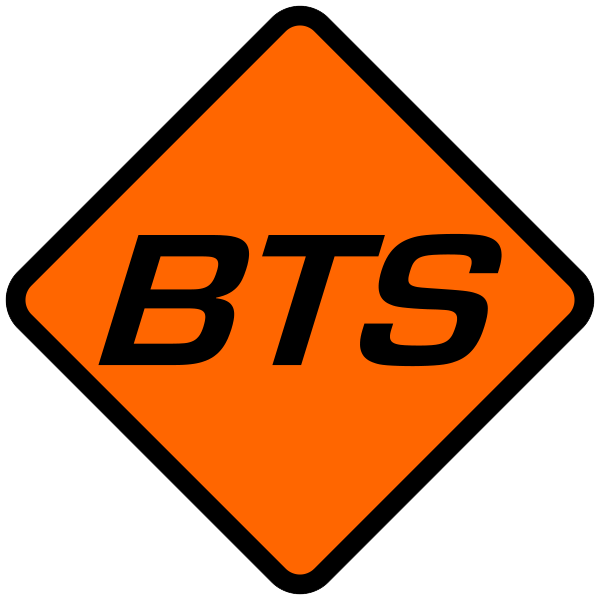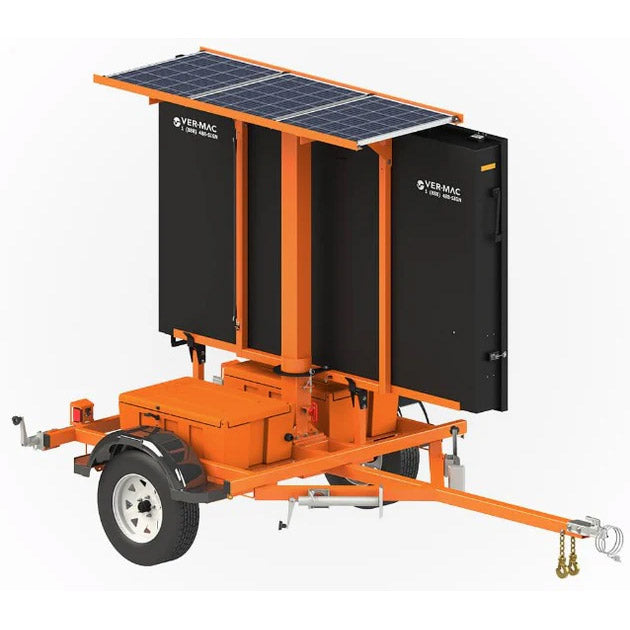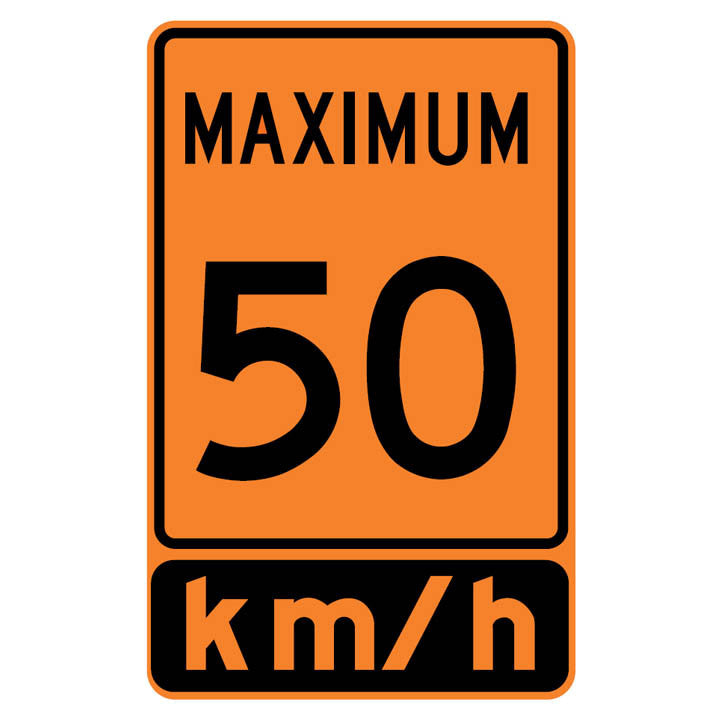
Trends in Parking Signage: How Have Parking Signs Evolved?
Parking is one of those everyday tasks most of us hardly think about—until a sign tells us where we can or cannot park. From city streets to construction sites, parking signs have always been a key part of traffic signage, guiding drivers, preventing congestion, and keeping areas safe. But parking signs today are not the same as they were decades ago. They have evolved with changing traffic laws, urban planning needs, and even technology. Looking at the history and modern trends in parking signage shows us how something as simple as a parking sign plays a major role in keeping cities and worksites moving smoothly.
The Early Days of Parking Signs

When automobiles first became common in the early 20th century, cities struggled with traffic management. Cars parked haphazardly on busy streets, creating hazards for pedestrians, horses, and streetcars. Early parking rules were communicated verbally or through general street markers. The first official parking signs were simple painted boards, often with just the word “NO PARKING” nailed to a post or wall.
These signs were functional but lacked standardization. Each city often had its own style, which created confusion for drivers traveling between regions. Over time, governments realized that standardized traffic signage was necessary not only for consistency but also for safety.
Standardization and the Rise of Modern Parking Signs

As roads became busier and cities grew, parking rules became more complex. This led to the development of standardized designs. Governments introduced regulations about color, shape, font, and placement. Red and white became the dominant colors for “No Parking” signs because of their high visibility. Reflective materials were added to ensure visibility at night.
By the mid-20th century, construction signs, road construction traffic signs, and parking signs all began to follow uniform standards that drivers could recognize instantly. This shift helped reduce confusion and improved compliance. It also laid the groundwork for the more advanced signage we see today.
Parking Signs for Construction and Roadwork

One of the biggest areas of growth for parking signage has been in construction zones. As cities expand and infrastructure improves, temporary parking restrictions have become essential. Construction traffic signs often include “No Parking – Tow Away Zone” warnings to keep roads clear for equipment and workers. These temporary signs are critical for keeping projects on schedule and for ensuring the safety of both crews and the public.
The use of portable, durable, and easy-to-install parking signs has become a trend in this area. Many traffic control companies now supply temporary road construction traffic signs that can be placed quickly and removed once the project ends. This flexibility is a direct evolution from permanent painted boards of the past, giving construction managers more control over changing traffic conditions.
Digital Influence on Parking Signage

Technology has also shaped the evolution of parking signs. In many cities, digital traffic signage now supplements traditional signs. Electronic boards can display real-time parking availability in garages, update restrictions instantly, or even alert drivers of temporary closures. While physical parking signs remain a necessity, digital enhancements add a layer of adaptability that traditional signage cannot provide.
For example, during large events, digital message boards can direct drivers to available parking zones, while traditional parking signs ensure compliance with local regulations. This blend of old and new has become a defining trend in modern traffic management.
Parking Signs in Urban Areas

As urban areas grow denser, parking signs have adapted to meet new challenges. It’s not just about telling drivers where they cannot park—it’s also about guiding them efficiently to where they can. Many cities now use complex parking signage that includes time limits, permit requirements, and pay-to-park instructions. Clear, standardized signs are crucial in preventing confusion, which can lead to fines or congestion.
Another trend is the integration of signage with mobile apps. Drivers can scan QR codes on parking signs to pay fees or check restrictions. This reduces the need for physical meters and makes the process more efficient for both cities and drivers.
Parking Signs for Events, Sports, and Public Safety

Beyond everyday city use, parking signs play a major role in organizing large gatherings. For concerts, sports events, and community festivals, temporary parking signs keep traffic moving and ensure that emergency routes remain open. They may direct drivers to designated lots, restrict parking along parade routes, or create safe pedestrian zones.
These event-based parking restrictions are often managed using portable traffic signage and construction signs that can be placed strategically for short periods. The flexibility and reusability of these signs reflect how far parking signage has come from its early days of permanent painted boards.
The Role of Parking Signs in Safety

While parking signs might seem minor compared to stoplights or speed limit markers, they are essential for safety. A single blocked lane due to illegal parking can slow emergency response times or create dangerous blind spots for drivers. In construction areas, ignoring a road construction traffic sign can put both drivers and workers at risk.
As traffic volumes grow, the need for clear and visible parking signs has never been greater. Their evolution reflects not just changes in design, but also a growing recognition of how important they are to the overall safety system on our roads.
Trends Driving the Future of Parking Signage

Looking ahead, parking signage will continue to evolve with technology and urban needs. Expect to see more integration with smart city systems, where parking signs communicate with apps and vehicles directly. Sustainable materials are also becoming more common, with eco-friendly reflective coatings and recycled plastics reducing environmental impact.
At the same time, the demand for flexible, portable signage will increase, especially in the world of construction traffic signs and temporary roadwork setups. As cities undergo constant renewal, adaptable parking signs will remain a cornerstone of traffic management.
Conclusion

The evolution of the parking sign tells a larger story about how society adapts to growing traffic and urban complexity. From simple wooden boards to standardized reflective signs, and now to digital and app-connected systems, parking signage has become an essential part of traffic signage and road safety. Its role extends far beyond telling drivers where to park—it shapes how cities function, how construction sites stay safe, and how large events remain organized.




